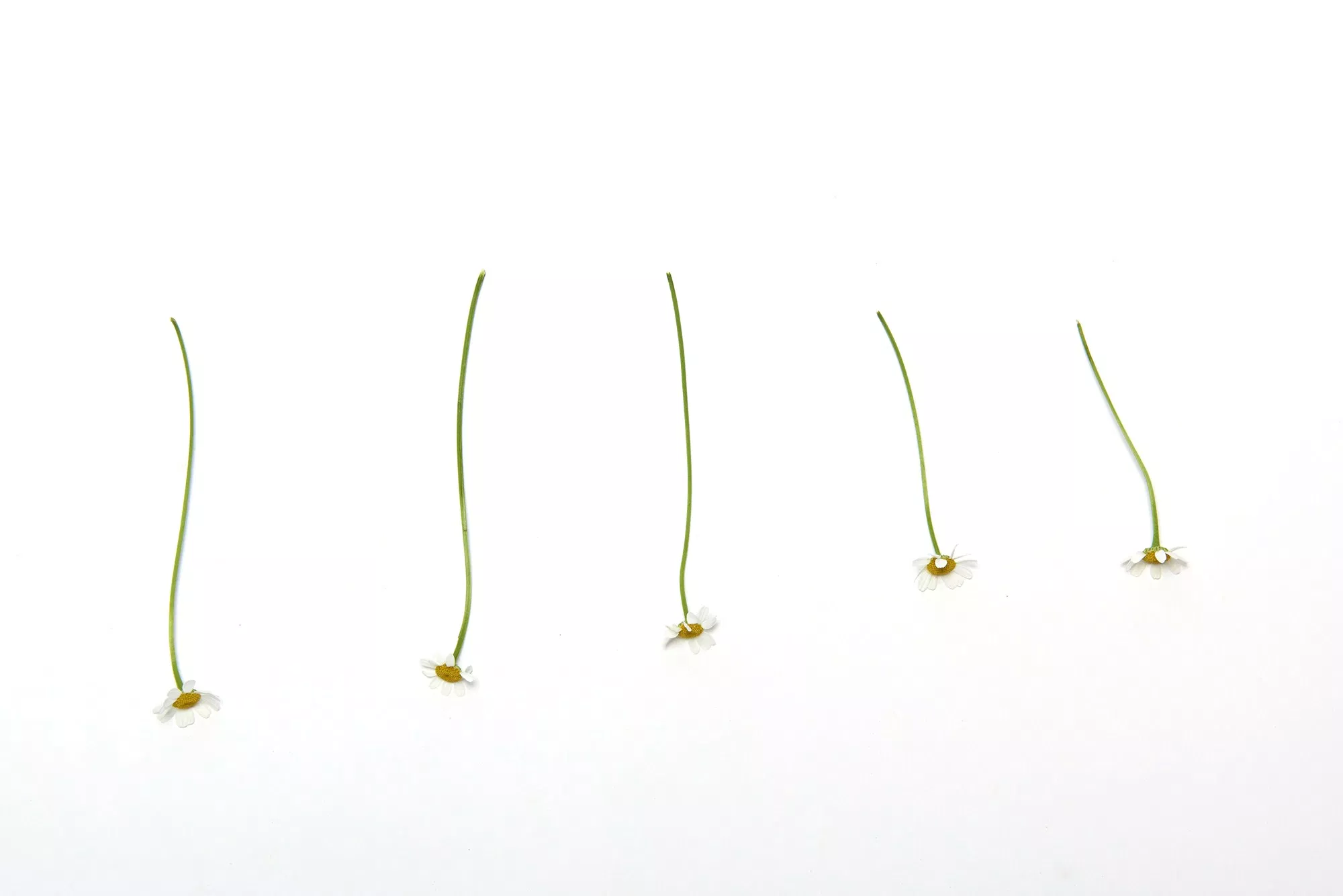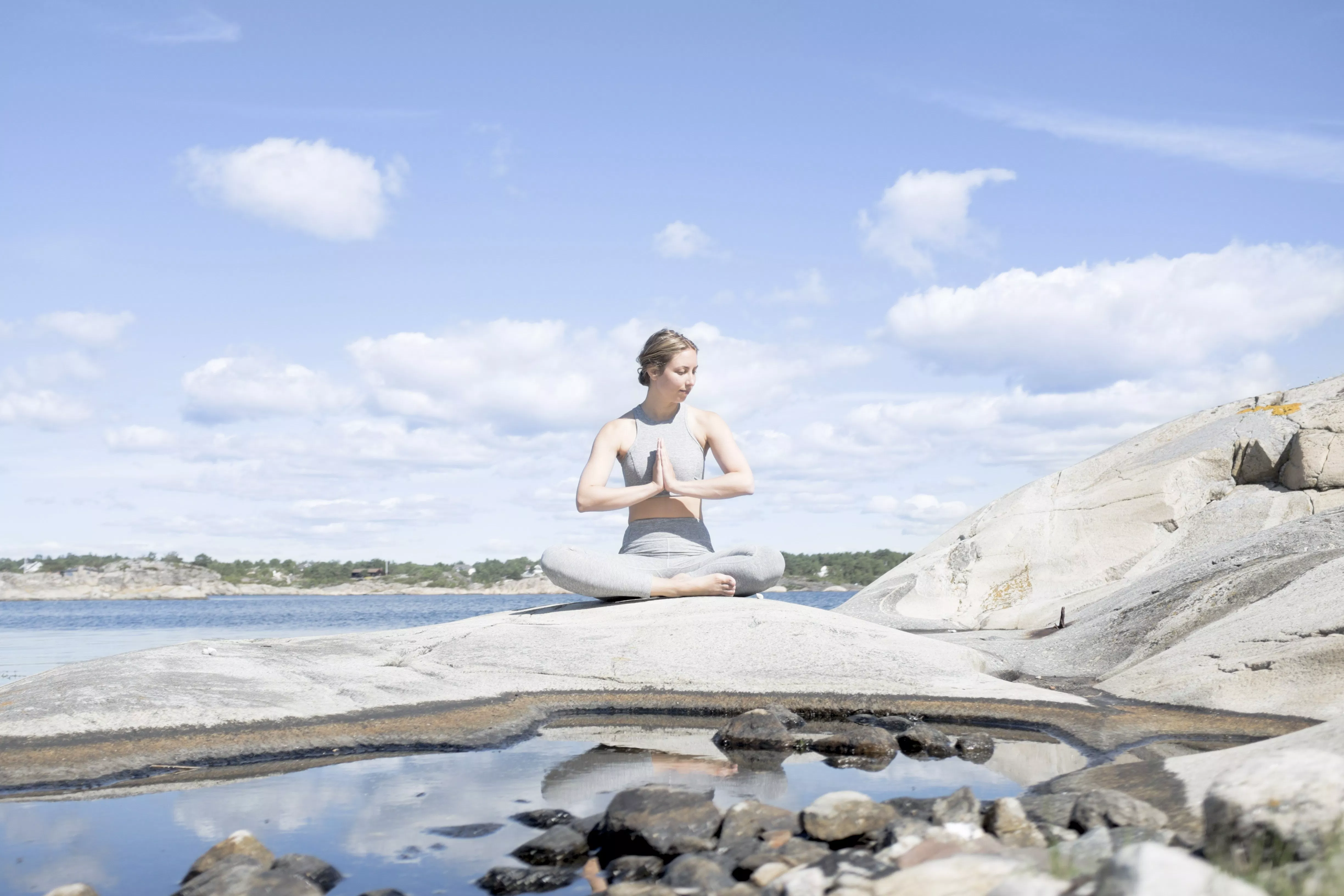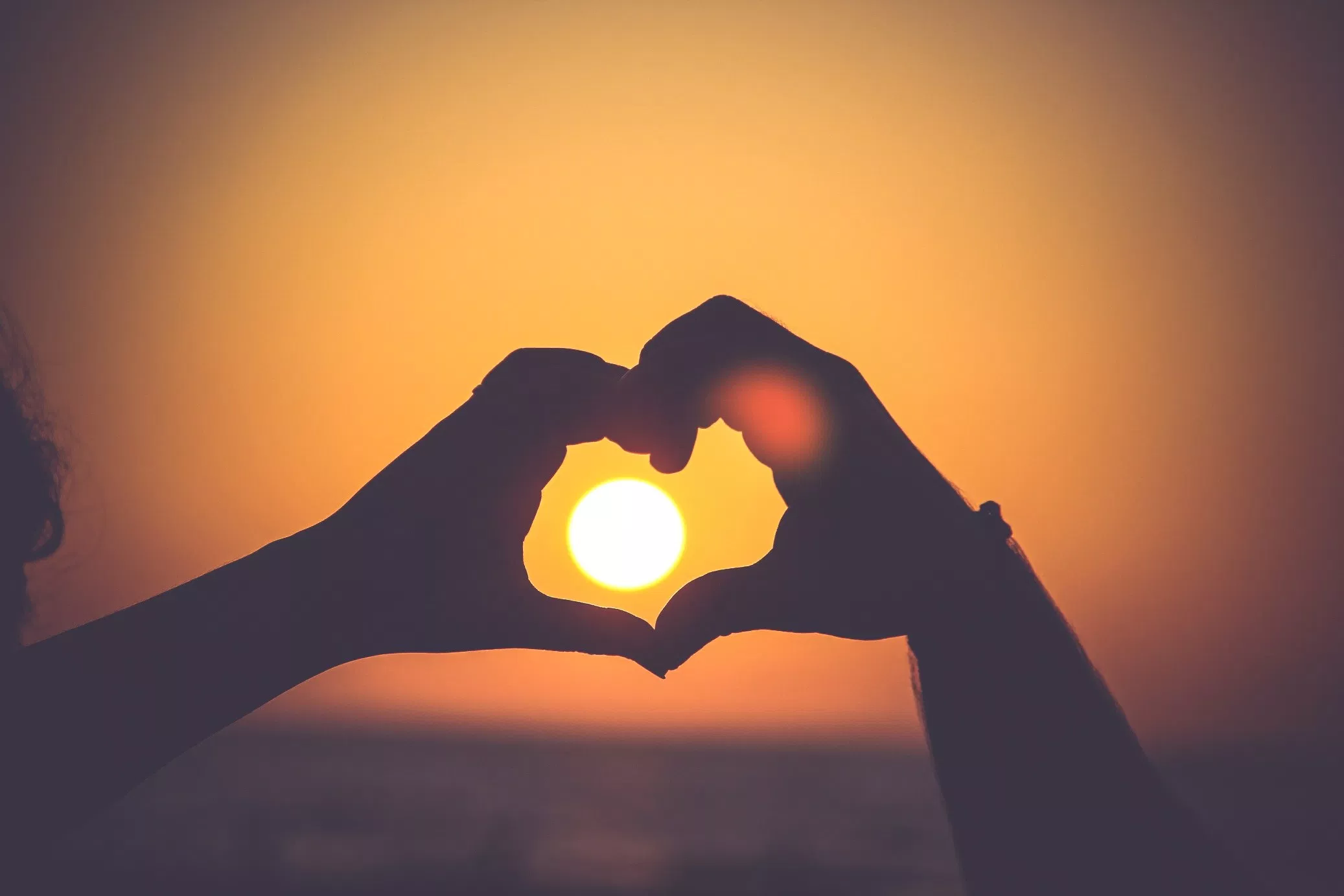At this point, many of us have come to realize that digital media and smartphones in particular, have adverse effects on our mental and even physical wellbeing. For all the pleasures and conveniences of non-stop access to social networks, email, newsfeeds, and entertainment, there are an array of potential side-effects and setbacks to our relationships (loss of intimacy), quality of work (loss of productivity and focus), personal wellbeing (anxiety and depression), and potentially long-term health (cancer).
As an anthropologist/yoga teacher/artist and now entrepreneur, I place great value on the rituals we uphold in our daily life, and the space we create for those rituals, as a source of strength and wellbeing. Particularly, I believe that in urban areas where you are exposed to a constant barrage of sensory noise and stimuli, one requires certain amount of structure and discipline to avoid the inevitable burnout or “toxic overload” that can happen.
Over the years, this is the “digital diet” that I have developed…
1. Cut down on junk
As with the food we eat, the quality of media that we take in matters. On the one hand you have ‘junk media’ that you compulsively consume and then feel nauseous and guilty afterwards. On the other, you have wholesome, quality content that leaves you mentally nourished and inspired.
For the most part, social media and certain forms of excessive Internet use tend to fall in the junk category, in terms of how it affects our brain and wellbeing. A University of Michigan study found that Facebook use among young adults correlates with lower levels of subjective well-being. There is growing neurological proof that after social media use we experience a surge of dopamine, followed by a sense of withdrawal. Scientists believe this is due to what is called “variable-ratio reinforcement,” the uncertainty of when you’re going to get the reward, which keeps you coming back for more. The result is you find it harder to derive pleasure from real-life interaction and experiences, where we don’t have the same high-reward, high-risk experience.
The trick is noticing how certain forms of digital media make us feel, recognizing there is a psychological and physiological foundation for those feelings, and then starting to limit those junk media binges. (And, as with any diet, leave room for the occasional indulgence…)
2. Keep a Balanced Diet
Conversely, reading a physical book, as opposed to online media or even e-book, has distinct differences and advantages. Reading is in fact more than a purely cerebral activity, wherein the brain recognizes text as a physical landscape. Most screens, e-readers, smartphones and tablets interfere with the embodied, intuitive navigation of a text and inhibit people from “mapping” the journey in their minds, having a detrimental impact on comprehension, memory and attention.
For those of us that do not want to completely forgo the guilty pleasures of social media or fast news, we can at least try balance it with other forms of long form, print media that enable more sustained concentration and deeper learning.
3. Use Portion Control
Regardless of whether it is pure distraction or a literary classic, the sheer quantity of information we consume on a daily basis takes a toll. The Harvard Business Review reports that a typical knowledge worker turns to e-mail 50 to 100 times a day, 60% of computer users check e-mail in the bathroom, 85% of computer users say they would take a laptop on vacation. What is now called “information overload” results in reduced creativity, impaired decision making, lower IQ, and a cost of 900 billion a year to the US economy.
This mental overload is matched by what Dr. Andrew Weil calls, in his book Spontaneous Healing, “toxic overload,” resulting from the electro-pollution created by all our devices and the networks that power them, combined with all other forms of pollution we encounter in modern-day cities.
Luckily, the brain and body have incredible resilience and healing capabilities. However, we need to know when to stop, disconnect and give ourselves space —sleep, meditation, or quiet time— in order to filter out and digest what we are taking in, both mentally and physically.
4. Try Fasting
A more extreme version of a daily digital diet is a full on “digital fast” or “digital detox.” From tech-free summer camp for adults to simply going on vacation and opting to leave your device in the room, there are many ways to experience the deep mental, physical and spiritual benefits, as well as challenges, of letting go of digital distraction. The potential is to experience what is called “flow,” deep, single-minded, immersive engagement in your activities, which can lead to the most meaningful forms of fulfillment and happiness.
I tried this recently on a personal vacation in Tulum, only checking my text messages once a day in case of emergencies. I was astounded when I finally went to the “WiFi zone” to check my emails at the end of the trip and was hit with an immediate surge of adrenaline. I realized how accustomed I had become to that adrenaline everyday in my life! At the same time, after having stepped back from my emails, I was able to appreciate the messages I received and respond in a more thoughtful, heartfelt manner. There was the sense that words actually had weight and significance, as opposed to simply being drowned out in the noise.
5. Have Basic Etiquette
This doesn’t have to do with what or how much digital media you consume but, rather, when and where you do it.
I recently attended a restaurant opening with my fiancée, celebrating the arrival of a highly respected French chef. The atmosphere, especially because it was opening night, was highly orchestrated and intentional, from the décor to the service to the food itself. (A waiter nearly had a heart attack because I poured my own water.) To ‘baptize’ the evening, the owners surprised diners with a gospel choir that filled the room with two highly affective renditions of “Oh, happy day” and “This little light of mine.” The performance was breathtaking, emotionally moving, and all the more so because the live music literally reverberated throughout everyone’s body and created an undeniable collective emotional experience. What shocked me (although it shouldn’t at this point) was the immediate appearance of glowing Smartphone screens, surfacing like fish desperately fighting for breadcrumbs, to record the event. Now, this wasn’t a Taylor Swift concert full of teenagers but instead a very intimate, mature environment, with very sophisticated, mature adults.
The presence of Smartphones truly felt like an aberration and near offense, and yet one which we have become so blind and accustomed to. Most of all it seemed like an unnecessary sacrifice on the part of the diners of an otherwise sacred, private experience. When you can YouTube a gospel performance anytime and anywhere, wouldn’t you want to enjoy this unique in-person experience without distraction? Surely, the singular, embodied experience should sometimes be cultivated and prioritized over yet another byte of sharable, virtual content? And what about storytelling? In the age of video and cameras, do we even know how to use our imagination and memory to relive and share our experiences? Surely some environments and experiences should be kept sacred?
I would say this is a personal choice and preference. For some of us our bedrooms are more sacred.or others, it is meals or times with our family. Whatever it is, it is worth setting standards for when it is appropriate to pull out our phones by simply asking ourselves – is it worth it?
Love,
Mikaela
Contributor, SERENE Social
About Mikaela
Mikaela Bradbury is the founder and director of ARJUNA.AG, a wellness fashion company that creates clothing for 21st century urban living. Born in South Africa and lives in New York, Mikaela studied anthropology at Columbia University and, in addition to ARJUNA.AG, writes and teaches meditation and yoga. .











